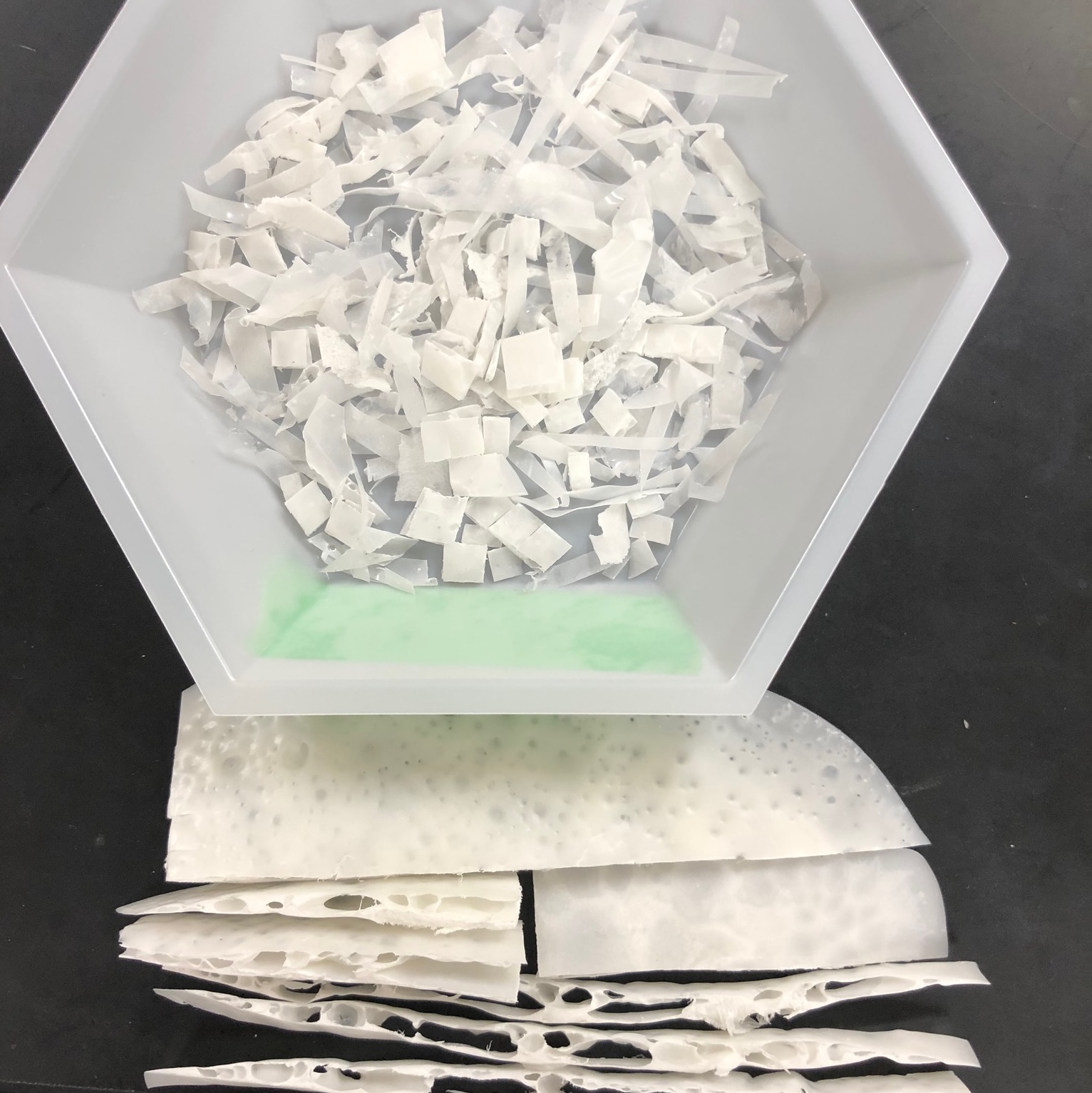Need
Current implants are restricted in the patient specificity they can achieve. Usually injection molded or CNC machined, these parts cannot be adjusted on a patient-by-patient scale and have monolithic designs. This is important in large bone defect correction and in patients with osteoporosis, who are at greater risk for bone stress shielding from implants that are too stiff.





